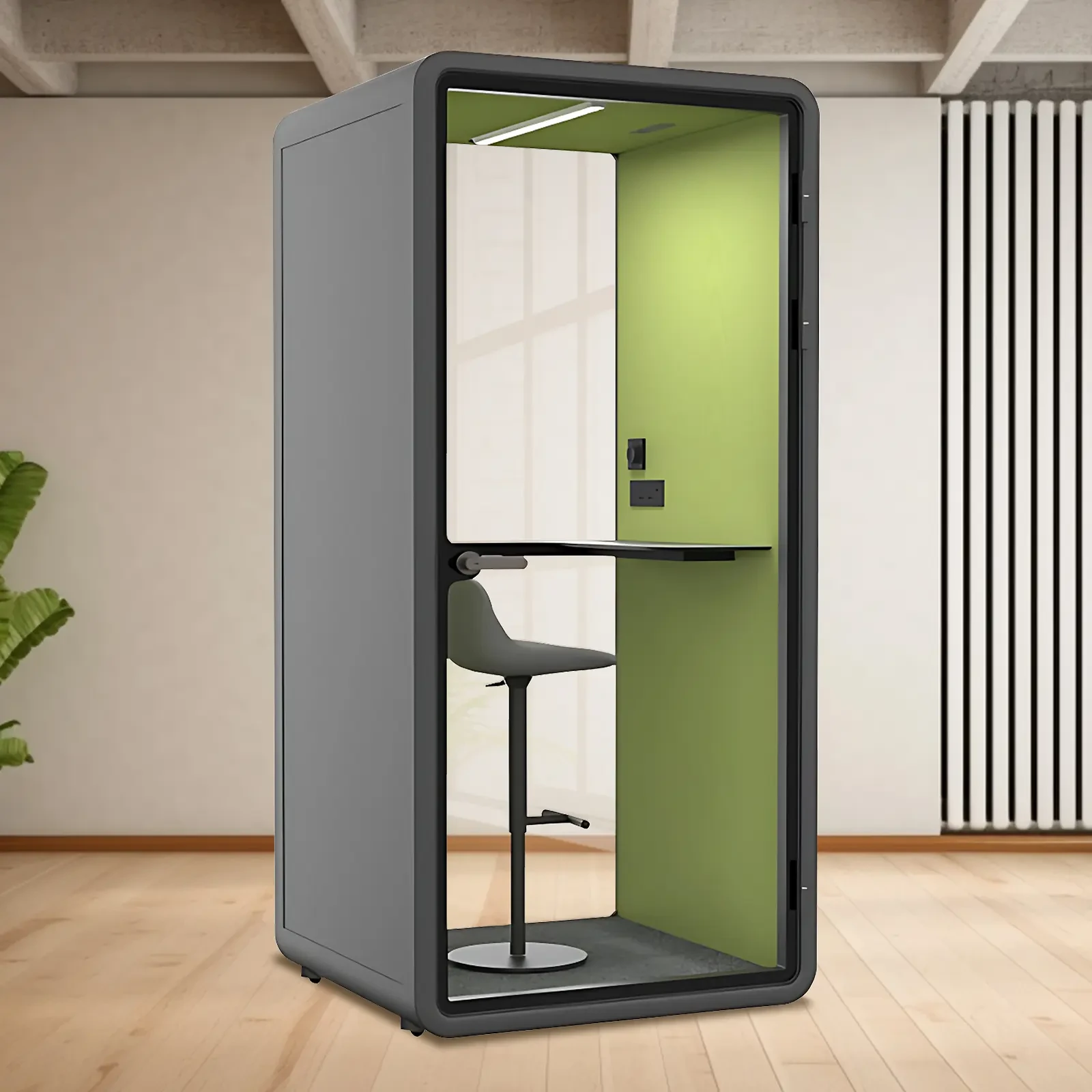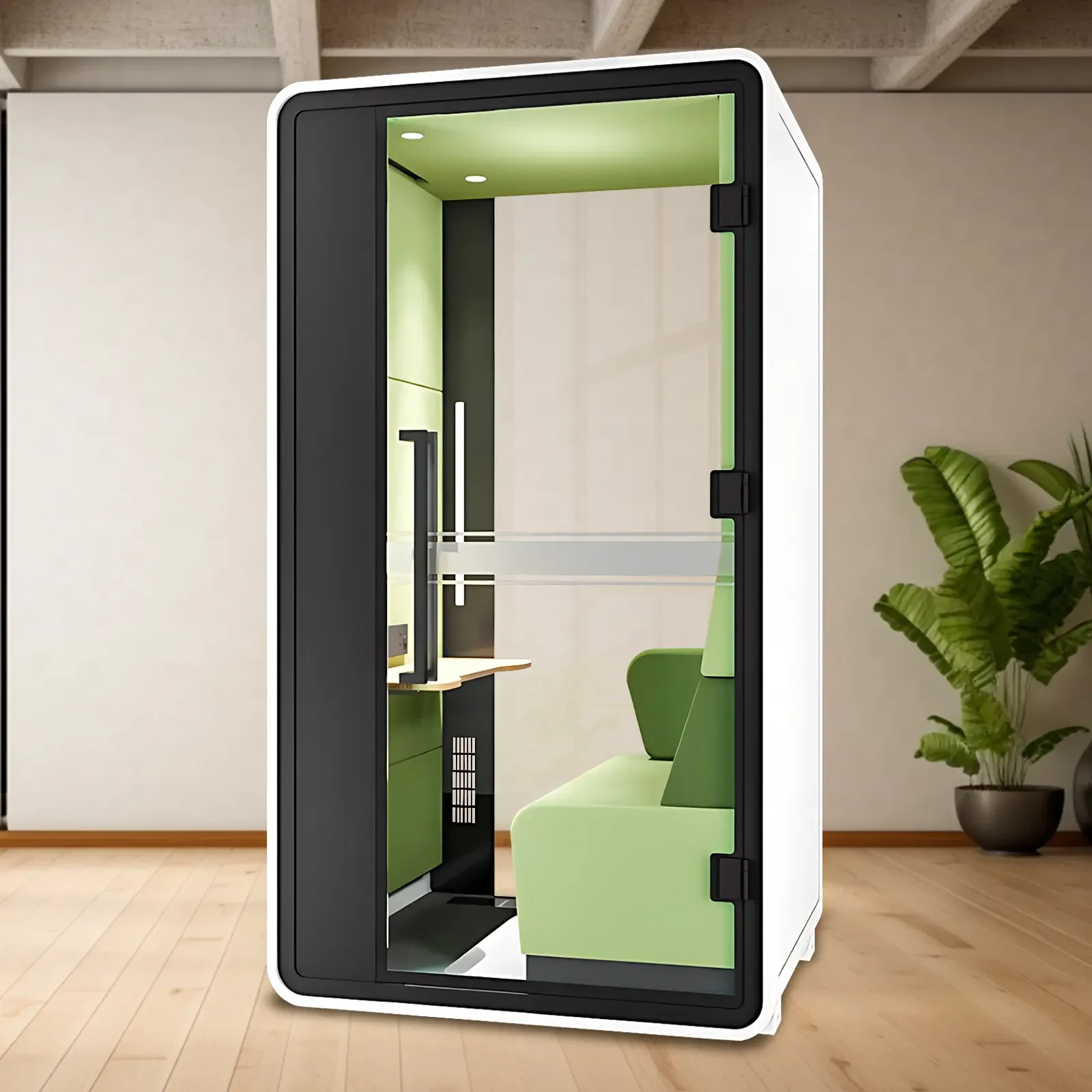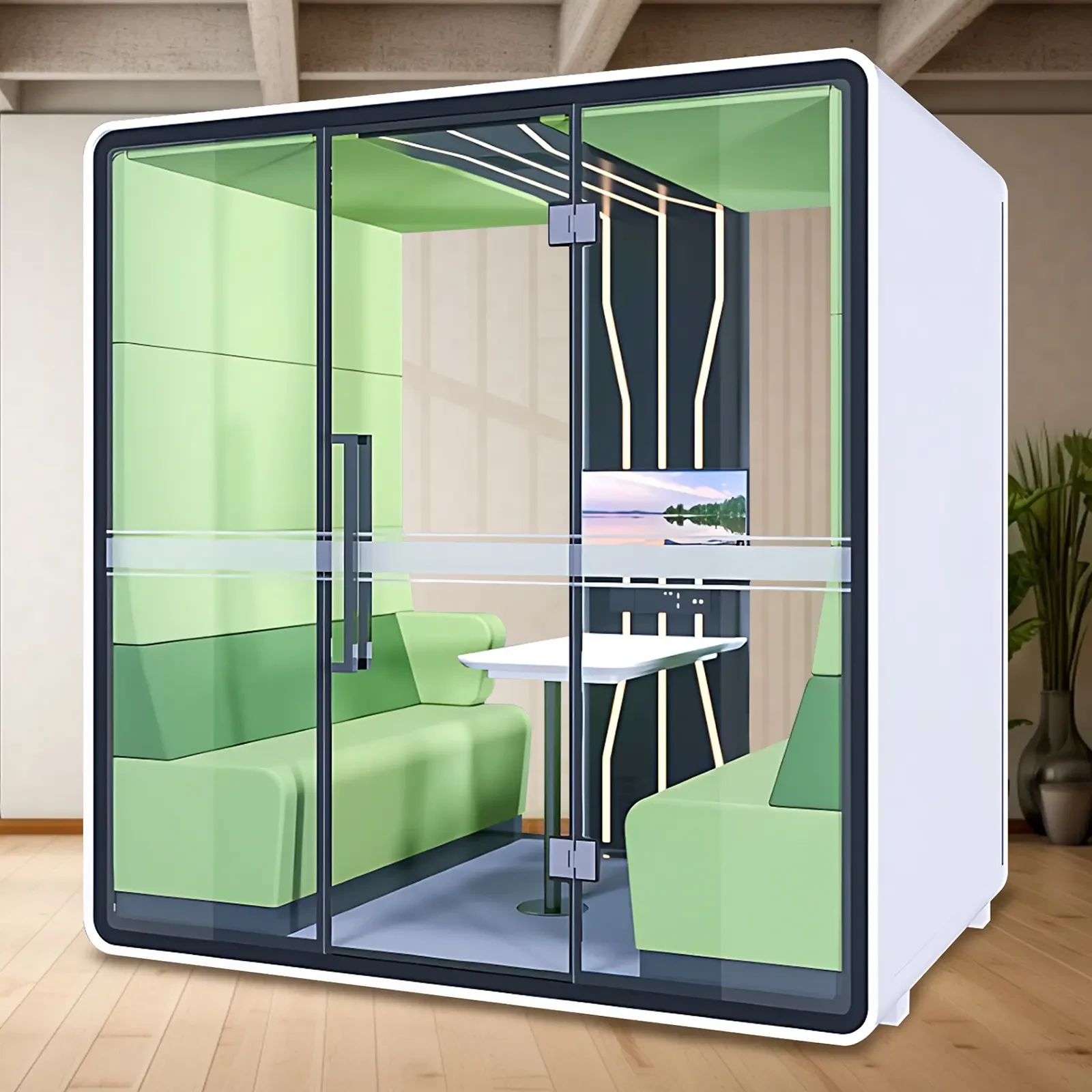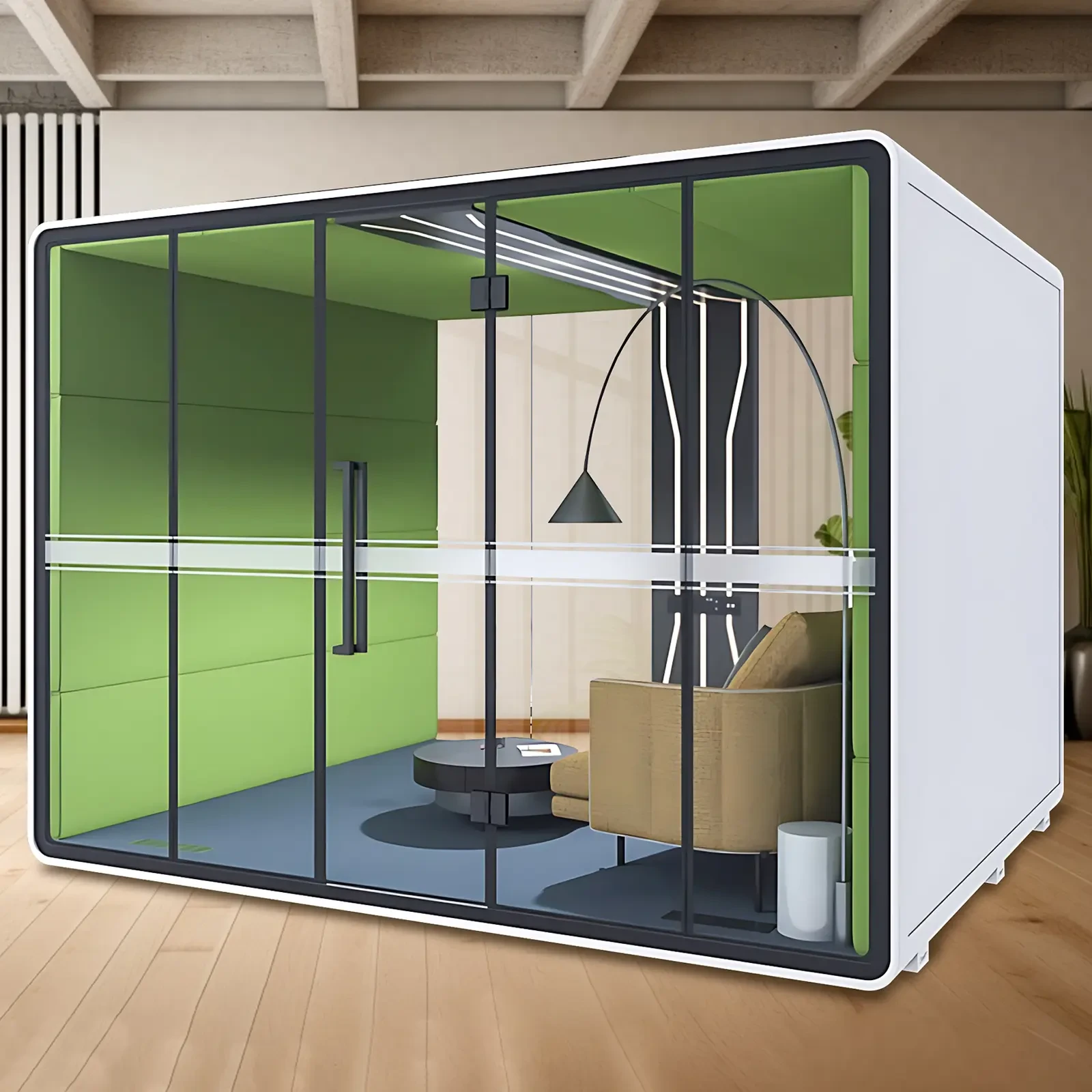The privately owned public space can be seen as an interesting blend between the principle of privacy of property and the principle of accessibility, which forms a special kind of space, functioning both as urban planning and communal development in a unique way. Frequently referred to simply as POPS, these spaces develop as a result of a project by a private developer who creates publicly accessible spaces in their developments in exchange for some zoning or other regulation subsidies provided by the municipal government.
Principles of Design and Accessibility Standards
Privately owned public spaces should be thoughtfully designed to balance competing interests, addressing accessibility, safety, and aesthetic values that benefit both the space users and the property owners. Such areas are usually well-delimited with proper lighting facilities, seating patterns, and scenery that help in making their spaces friendly and yet secure and controlled.
The principles of universal design make such spaces accessible to users with a diverse range of mobility requirements, and integrate other aspects of universal design like provision to avoid weather and weather, proper signs, microclimates, among others that promote local use of such places during different seasons of the year.
Privately owned urban spaces that are the most successful are those that are well dedicated to the adjoining streetscapes and neighborhood typology, generating particularly integrated urban experiences that are truly felt to be public even though they are privately owned in form.
Law and regulatory enforcement
The law surrounding the privately owned public space is multifaceted and represents agreements between property owners and local governments, which formulate certain responsibilities and uses of those spaces, including disputed enforcement for sustaining the public access.
Such contracts often contain meticulous guidelines as to operating hours, usages accepted, maintenance requirements, and limitations on commercial applications that could jeopardize the civic character of the space. Regulatory control involves ensuring that private owners meet their public access requirements, as it offers ways to resolve disputes between the public and the interests of the property owner.
A legal framework will frequently have clauses complicating such periodic re-examination and revision of agreements to accommodate evolving community requirements or unexpected difficulties in space management.
Community Benefits and Economic Impact
Privately owned public space creates vast economic and social advantages to nearby communities that help raise property prices, improve business performance, and ease the lives of nearby residents and employees. These areas can be seen as platforms that lead to further development and investment, but have positive spillover effects that can also be felt beyond the area in which the privately owned public area is located.
The economic system enables a more effective resource distribution because these spaces are usually much more economically managed by the private organizations as opposed to municipal organizations maintaining them and offering regular maintenance and programming.
Other community benefits encompass more social interaction, cultural programming, and passive recreation adapted to a highly developed urban setting where traditional public space development has been hindered considerably.
Challenges and Managerial Humanities
The process of planning something privately owned public space involves special challenges that cannot be resolved easily by balancing the interests of the state and the birds, and as a result, negotiation continues between the parties that currently hold (or will hold) contrasting interests and demands.
The usual issues are how to deal with the clash of interests of the public and security agents to protect these corporations, or liability issues, or to maintain the practicality of public access demands across time. House owners are forced to overcome tangled challenges with insurance needs, security values, and upkeep necessities incurred to maintain the communal personality of these areas.
Well-run operation often mandates proper communication guidelines, frequent involvement of communities, and liberal policies that can evolve in response to evolving conditions without obscuring the primary community accessibility that makes these special urban places distinctive.
Integration of technology and innovation
Privately owned public environments, which have become important parts of the modern world, are increasingly being equipped with state-of-the-art technology to provide a better user experience, greater security surveillance, and an easier delivery of management services without being too serious about crushing the friendly nature of public spaces, which people are used to.
Intelligent lighting, environmental sensors, and electronic display boards contribute to building more civilized and user-friendly spaces that have the capacity to change according to different conditions and usage demands during the day.
Key features enabling these technological improvements include Wi-Fi connectivity, mobile charging stations, interactive information systems that enhance user experience, and data generation that helps property managers optimize space usage and maintenance schedules.
Portable Soundproof Booth With Metal Glass Soundproof Pods: The elegant, lightweight portable soundproof booths are made up of metal and glass and are available in the market. These new soundproof pods are stylish yet durable enough to suit open offices, recording studios, and work shares that require privacy and the ability to absorb sound.
Recommendation
X-comfot focuses on supplying novel sound booths and audio privacy equipment that could help a great deal to advance the functionality of privately owned public space through forming quiet zones and personal areas of communication inside those contemporary environment type combinations. Our privacy systems (portable soundproof booths and modular soundproof privacy solutions) provide property managers with a variety of plans to suit the varying needs of many users without removing the open and accessible nature traditionally linked with successful privately owned public spaces.

 USD
USD
 GBP
GBP
 EUR
EUR






